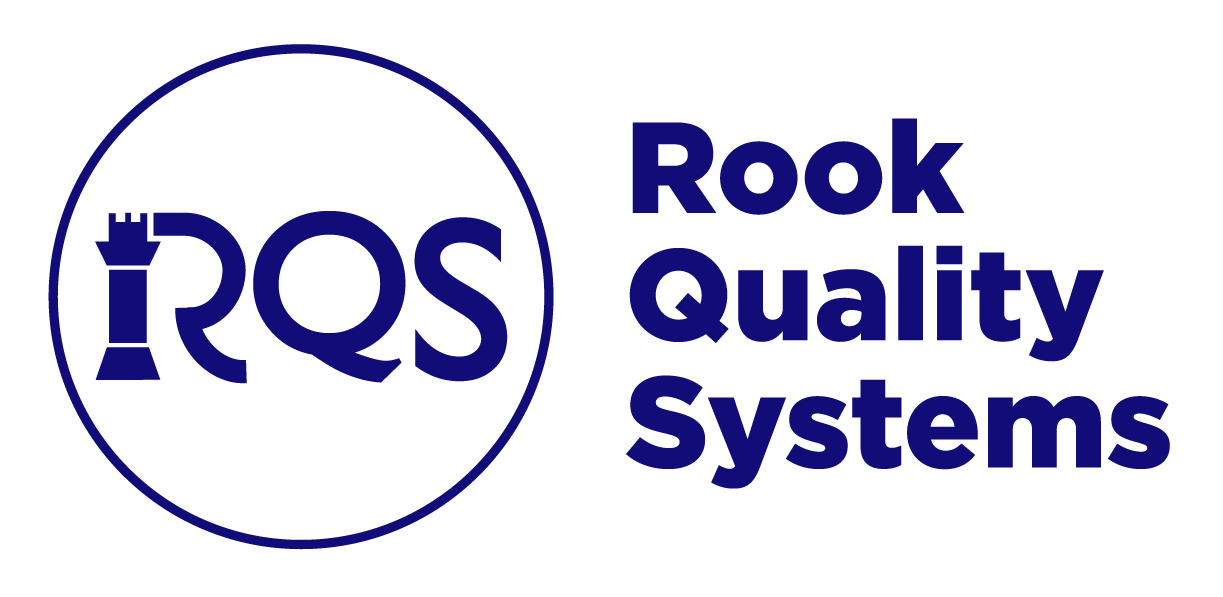A DHR is a compilation of records containing the manufacturing history of a medical device. It is a comprehensive documentation of the activities and processes performed during the manufacturing of each medical device unit.
What is a Device History Record (DHR)?
A DHR is the record of how to make the device.
Why are DHRs important in the Medical Device Industry?
Importance for Regulatory Compliance, product traceability, quality assurance, risk management, audits and inspections
Purpose and Contents of Device History Record
Documentation within DHR
- Work orders
- Manufacturing logs
- Assembly instructions
- Test protocols
- Inspection reports
- Labeling and packaging
- Change control records
- Training Records
Traceability and Accountability
Traceability including unique device identifiers, design control matrix, lot numbers and customer feedbacks.
Compliance with Regulatory Requirements
FDA Regulations:
The Food and Drug Administration (FDA) regulates medical devices in the United States under the Quality System Regulation (QSR), also known as 21 CFR Part 820. The QSR outlines specific requirements for creating, maintaining, and retaining Device History Records.
EU Medical Device Regulation (MDR):
In the European Union, the Medical Device Regulation (MDR) requires medical device manufacturers to establish and maintain a quality management system that includes documentation of manufacturing activities, including Device History Records.
International Standards:
Medical device manufacturers may also need to comply with international standards such as ISO 13485, which outlines requirements for quality management systems specific to the medical device industry. ISO 13485 includes provisions related to creating and maintaining Device History Records.
Content Requirements:
Regulatory requirements specify the essential content that must be included in Device History Records. This typically includes device identification information, production records, quality control and inspection records, component and material traceability information, device labeling and packaging records, and references to the Device Master Record (DMR).
Components of Device History Record
Device Identifier
A device identifier (DI) is a unique alphanumeric code assigned to each medical device in order to distinguish it from other devices. It serves as a means of identification throughout the device’s lifecycle, from manufacturing to distribution to use by the end-user. Device identifiers are crucial for traceability, inventory management, regulatory compliance, and post-market surveillance.
GUDID
The GUDID contains a range of information about each medical device, including its proprietary or generic name, device identifier (DI), labeling information, manufacturer name and contact information, intended use, and any applicable device specifications or characteristics.
Role of DMR (Device Master Record) in Creating DHR
What is a Device Master Record?
The Device Master Record is a comprehensive collection of documents and records that provides the blueprint for the manufacturing of a specific medical device. It serves as a central repository of information detailing the specifications, procedures, and requirements necessary to produce a medical device in accordance with regulatory standards and quality requirements.
Design Plans and Design History File (DHF)
DHF is the documentation of how the device was designed and created. The design plan is made for a specific device and lays out the timeline and project goal of the device with the employees and roles that will be responsible.
Design Review Records
Design Reviews happen at different times of the design process. Once after the user needs and design inputs. Then again for the design outputs and verification and validation. During this review the team goes over the outcomes and puts the final approval on the project.
Including Manufacturing Process Specifications in Device History Record
-Comprehensive Manufacturing
(a) The dates of manufacture;
(b) The quantity manufactured;
(c) The quantity released for distribution;
(d) The acceptance records which demonstrate the device is manufactured in accordance with the DMR;
(e) The primary identification label and labeling used for each production unit; and
(f) Any unique device identifier (UDI) or universal product code (UPC), and any other device identification(s) and control number(s) used.
-contextual information
-traceability
– facilitation
